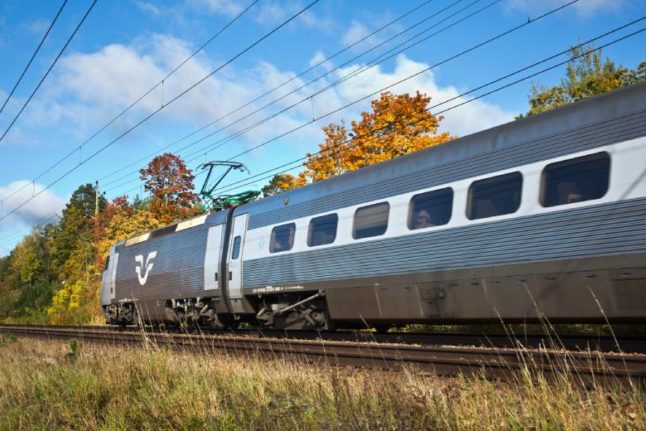The company on Tuesday night released tickets for the period from December 11th to March 12th next year, only to see the site crash under the volume of booking requests.
“There are enormous amounts of customers who want to buy tickets, even though it’s the middle of the night,” Lina Edström, a press officer for the company said shortly after midnight. “The home page quite simply can’t cope with responding to so many requests at the same time.
The site started to work again a few hours later, only to crash once again as people woke up and started booking on Wednesday morning.
“The reports we are getting is that it’s working for some people and not for others. That’s what we’re seeing as Sweden wakes up and more and more people try and get onto the site,” said Jonas Olsson, another press officer at 7.30am.
READ ALSO:
- Sweden’s train companies start sales of Christmas tickets
- When will Christmas tickets be released in Sweden?
The release of Christmas tickets in Sweden has been severely delayed because of late publication of the Swedish Transport Administration train plan for 2023, which coordinates the times for all passenger and goods trains in Sweden.
The train plan should have been published at the start of August, giving companies 18 weeks to set tickets from December 10th. It was only released on October 19th. The administration said that it has had problems due to change over to a digital system.
Many customers have been complaining that they have seen prices for Christmas trips double in the time it has taken them to book a ticket.
Olsson told the TT newswire that SJ’s pricing system is based on the level of demand.
“I understand the frustration, and we may well look at this going forward,” he said. “But even if many people have ended up in this situation, there are many others who have been able to buy cheaper tickets.”



 Please whitelist us to continue reading.
Please whitelist us to continue reading.
Member comments